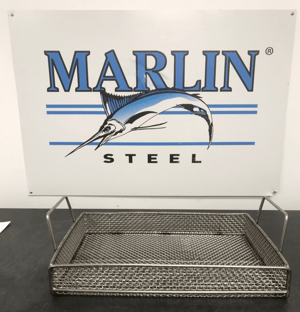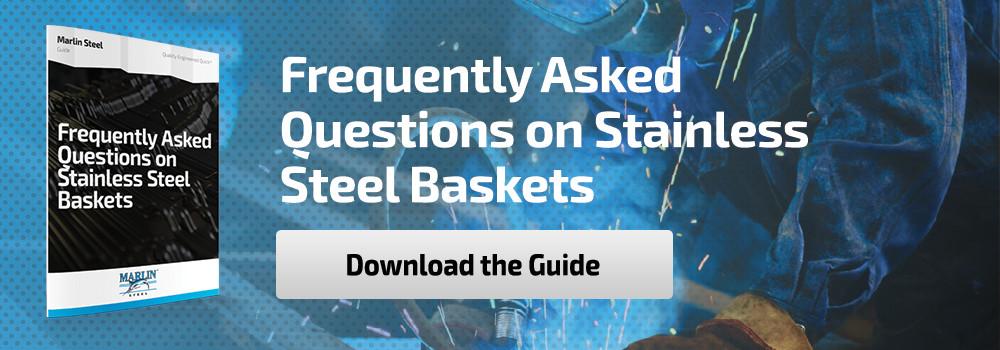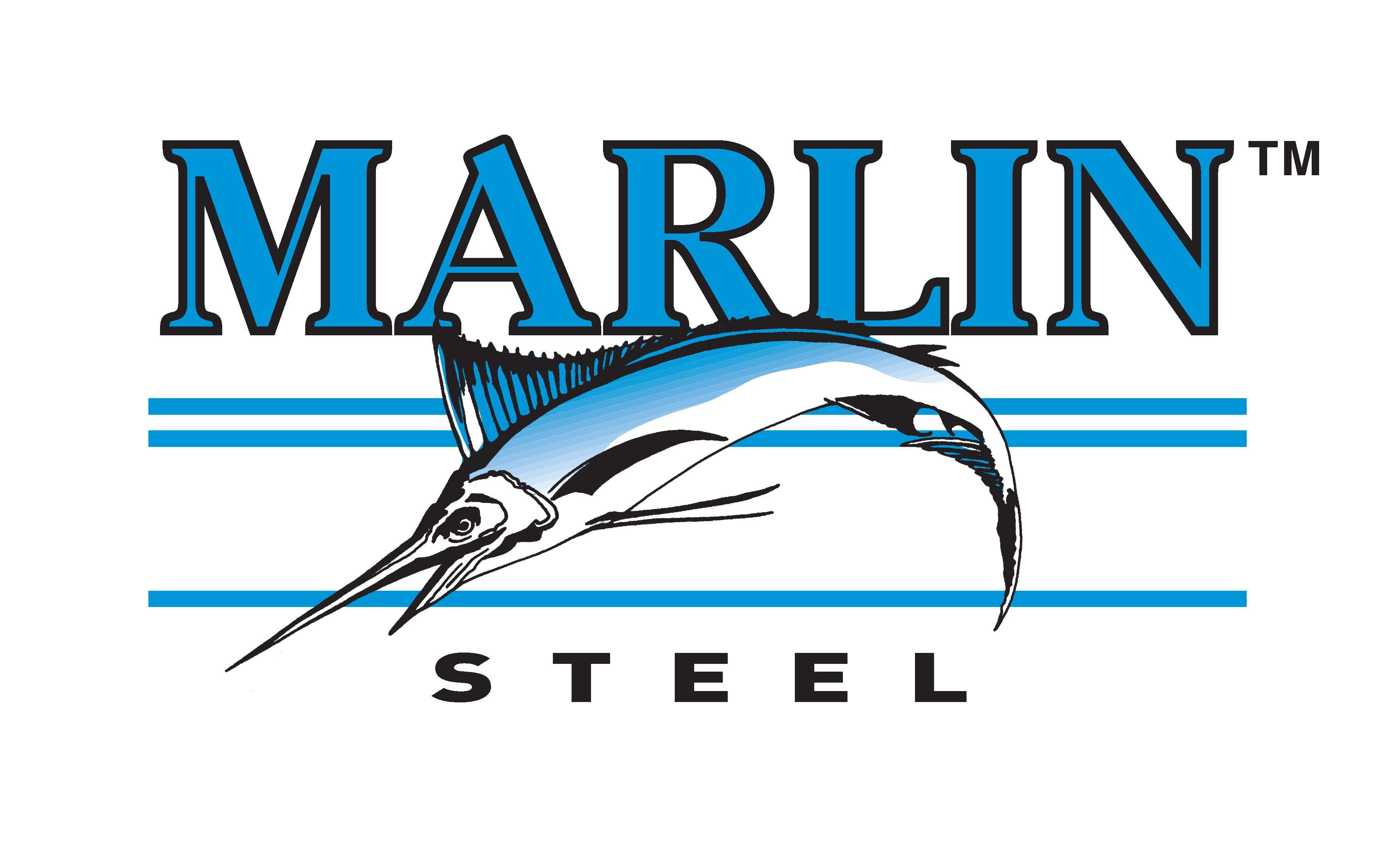 To clean ball bearings is a difficult task. Depending on the size of the bearings, they could fall out of a basket with too much open space. Yet, if there isn’t enough open space, the bearings might not get cleaned completely or dry off properly—leaving residues that impede the ball bearings’ performance after being installed.
To clean ball bearings is a difficult task. Depending on the size of the bearings, they could fall out of a basket with too much open space. Yet, if there isn’t enough open space, the bearings might not get cleaned completely or dry off properly—leaving residues that impede the ball bearings’ performance after being installed.
So, what’s the best way to clean ball bearings in an aqueous wash process? Using a custom wire basket to hold the ball bearings in place is one of the best ways to ensure that they get clean. But, not just any random wire mesh basket design will do.
The design has to be optimized for the ball bearings and the specific wash process that they will be going through.
Here’s an example of how Marlin Steel makes a custom stainless steel basket designed for cleaning ball bearings in an aqueous wash process:
Optimizing the Open Space of the Basket
One of the biggest benefits of using stainless steel wire mesh in a cleaning basket design is that it is very easy to optimize the open space between each wire. This helps to optimize air and liquid flow through the basket so the ball bearings can be cleaned and dried as efficiently as possible.
However, the openings cannot be any larger than the diameter of the bearings the basket will hold. Otherwise, they could fall through the baskets and into the processing equipment—causing damage to both.
Protecting Delicate Parts
Many ball bearings have a “no-scratch” surface condition requirement because they need to be as frictionless as possible. So, it’s important to protect ball bearings from direct metal-to-metal contact to minimize the risk of bearings getting scratched.
One way to do this is to add a soft polymer coating to the surface of the basket. This prevents metal-to-metal contact and absorbs impacts to reduce the risk of damage to the bearings. However, coatings that are too thick and soft could impair ultrasonic cleaning processes, as the coating absorbs the ultrasound vibrations used to get the parts held in the basket clean.
So, the use of a coating is often dictated by the type of cleaning process the bearings will be put through.
Saving Space with Stackable Baskets
Many of Marlin’s clients need to save space on the factory floor whenever possible—including when ball bearings are being dried between processes. Stackable wire baskets help to neatly solve this problem by allowing baskets to stack vertically without the need for additional permanent shelving.
In the ball bearing cleaning basket featured in the picture on this article, you can see that the handles are pointed slightly outwards, allowing the bottom of one basket to neatly nest on the top of the frame of the next. The outer frame then supports the weight of both baskets so neither one is bent by being stacked like this, even when both baskets are at their maximum recommended capacity.
Testing Each Custom Design Before Manufacturing the Stainless Steel Baskets
Prior to unspooling even a single inch of stainless steel wire, Marlin’s engineering team puts each custom ball bearing basket design through a rigorous series of tests using a virtual physics simulation software. This finite element analysis (FEA) program breaks the design of the basket into hundreds of thousands of individual components, or “finite elements,” and tests the effects of different types of stress on each.
If the basket would break (or even just bend ever so slightly), the design fails the test and an automated report is generated detailing the cause of the failure. The design team takes this report and uses it to modify the design until it can pass the FEA test.
This way, Marlin saves time, money, and materials that would be wasted on physical prototype tests—which helps Marlin improve time-to-delivery and costs for manufacturing clients.
Curious about how Marlin can make a better custom wire basket for your parts washing applications? Reach out to the experts of delivering “Quality, Engineered Quick®” today!



.gif)


